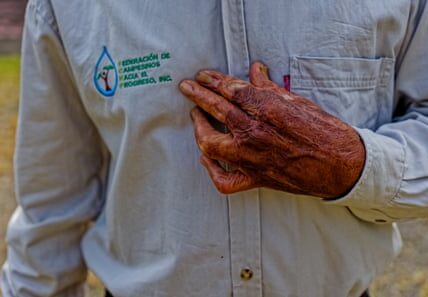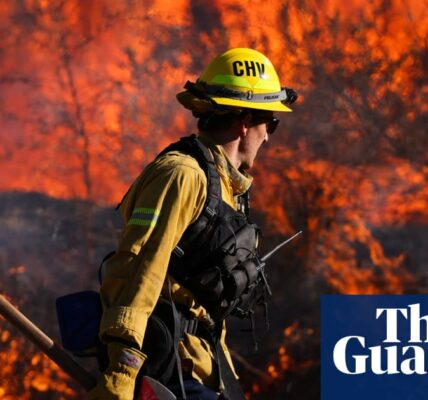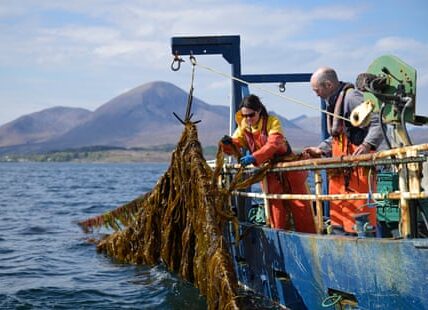Polar bears are at risk of starvation due to longer periods without ice in the Arctic.

The polar bears living in Canada’s Hudson Bay are facing the threat of starvation due to the increasing length of time without Arctic Sea ice caused by the climate crisis. Despite their adaptability and willingness to diversify their diets, these animals are still at risk.
During the colder months, polar bears rely on the ice covering the Arctic ocean to reach their main food source: high-fat ringed and bearded seals.
During the summer season when the sea ice melts, it is anticipated that they would conserve their energy and possibly go into a state similar to hibernation.
However, the impact of human activity on the climate is causing an increase in the amount of time that certain parts of the Arctic are free of ice. This region is experiencing warming at a rate two to four times faster than the global average, resulting in polar bears being forced to spend increasingly longer periods of time on land.
Recent findings from a study of 20 polar bears in Hudson Bay indicate that even in the absence of sea ice, they continue to search for sustenance.
According to Anthony Pagano, a research wildlife biologist and lead author of the study, polar bears are resourceful and innovative when it comes to finding ways to survive and fulfill their energy needs. They will actively search their surroundings for sources of food in order to sustain themselves. This information was shared with AFP.
The study, which was published in the journal Nature Communications, utilized GPS collars with video cameras to monitor polar bears for three-week intervals over a span of three years in western Hudson Bay. This region has experienced a three-week lengthening of the ice-free season from 1979 to 2015, resulting in bears spending approximately 130 days on land in the past decade.
The scientists discovered that out of the group, two bears did in fact rest and decreased their overall energy usage to levels comparable to hibernation, while the remaining 18 bears remained active.
According to the research, these energetic bears may have felt compelled to persist in searching for nourishment. Individual bears were observed consuming a range of items such as grasses, berries, a gull, a rodent, and a seal carcass.
Three bears went on extended swims, with one covering 175km (over 100 miles). Other bears engaged in activities such as playing and chewing on caribou antlers, likened to how dogs chew on bones by researchers.
However, the study ultimately concluded that the bears’ attempts to find food on land were insufficient in providing them with the necessary calories compared to their usual prey, marine mammals.
Researchers reported that 19 out of 20 polar bears observed experienced weight loss consistent with that seen during a fasting period.
This indicates that the longer polar bears stay on land, the greater their chances of starvation.
Melanie Lancaster, a senior specialist for Arctic species at the World Wildlife Fund (WWF), who is not involved in the study, stated to AFP that these results further validate the current research and serve as another indication of the urgency of the situation.
The climate crisis poses the greatest threat to the remaining 25,000 polar bears in the wild.
According to Pagano, controlling the emission of greenhouse gases and maintaining the global temperature increase within the Paris agreement’s goal of 1.5C above pre-industrial levels would probably protect polar bear communities.
However, the Earth’s average temperature, which is currently at 1.2 degrees Celsius, continues to increase while the amount of sea ice decreases.
According to John Whiteman, a leading researcher at Polar Bears International who was not part of the study, the research is significant because it directly quantifies the polar bears’ energy usage during periods without ice.
“The polar bears’ fate is tied to the state of the ice, and the only way to save them is by halting ice depletion. There are no other options,” he stated in an interview with AFP.
Source: theguardian.com



